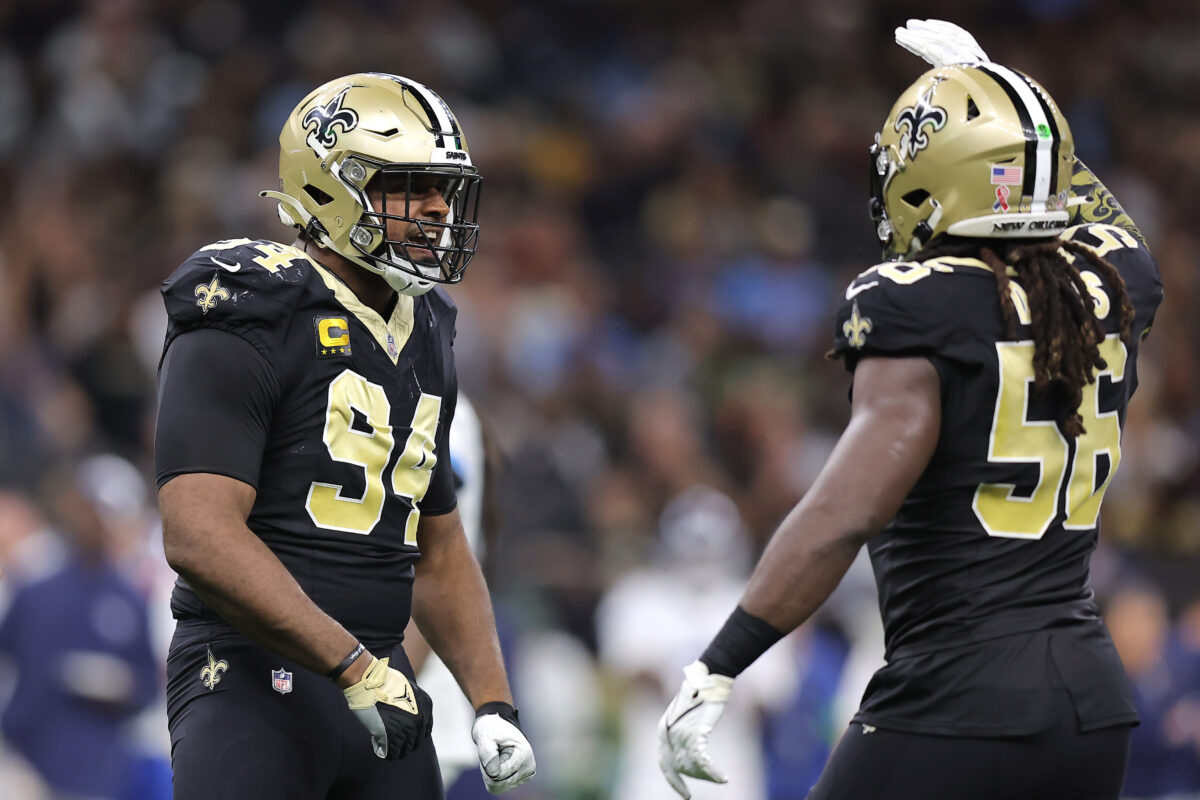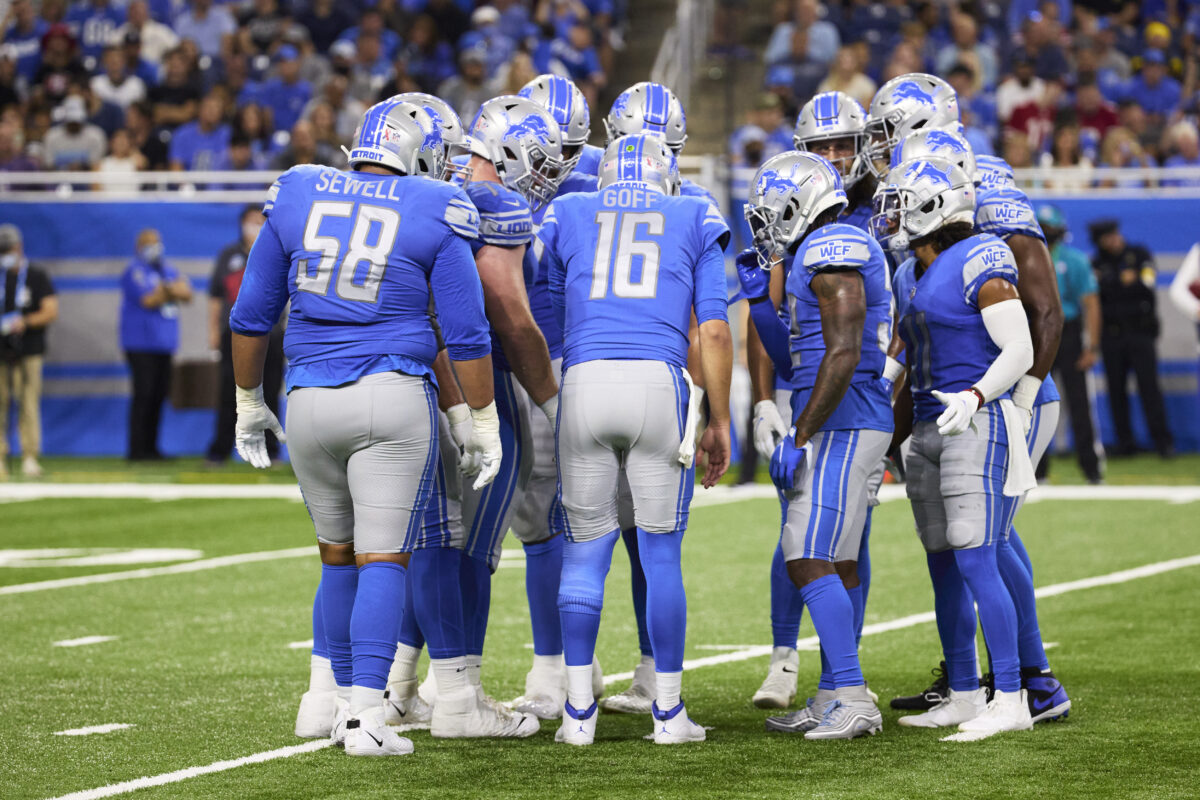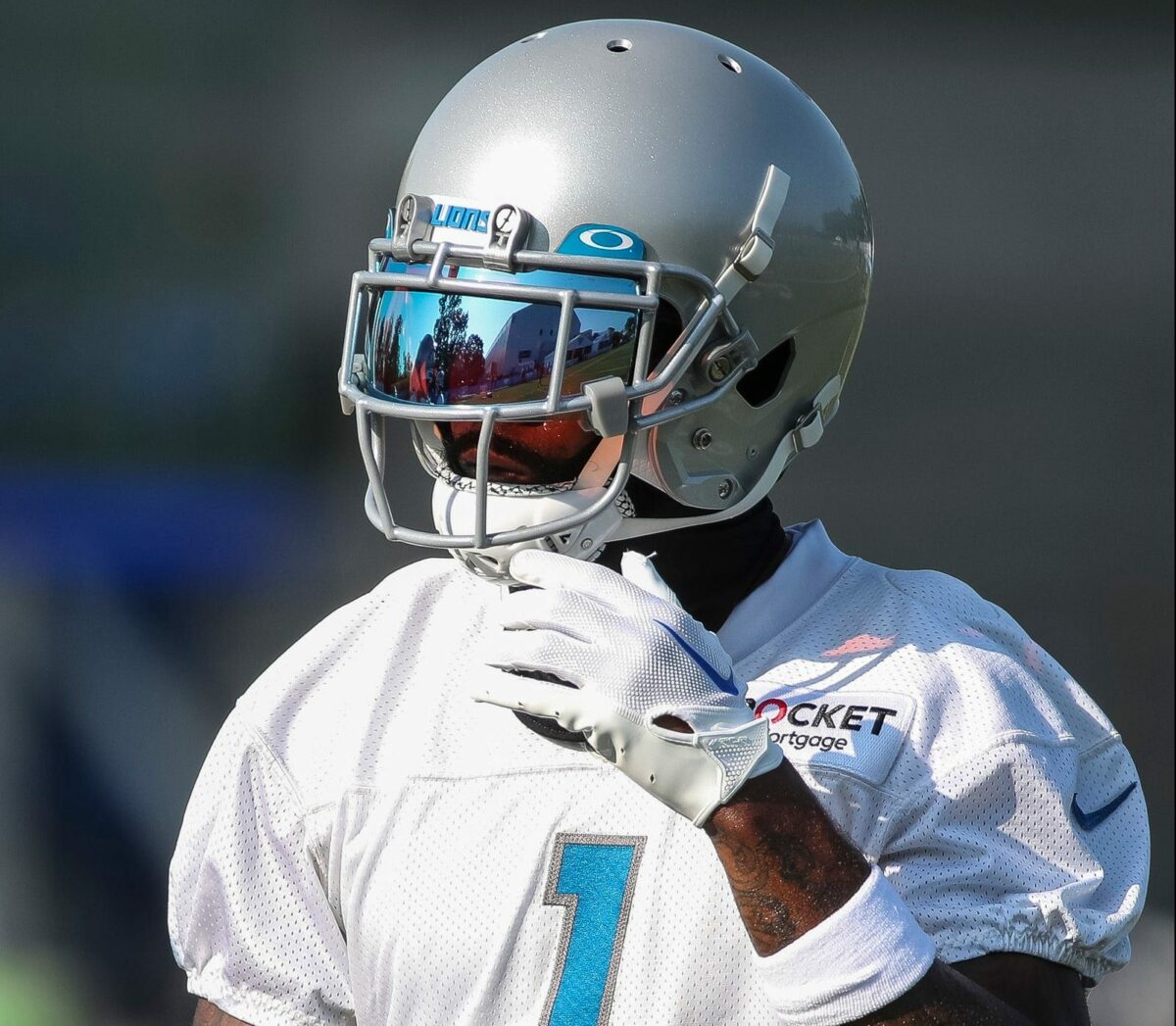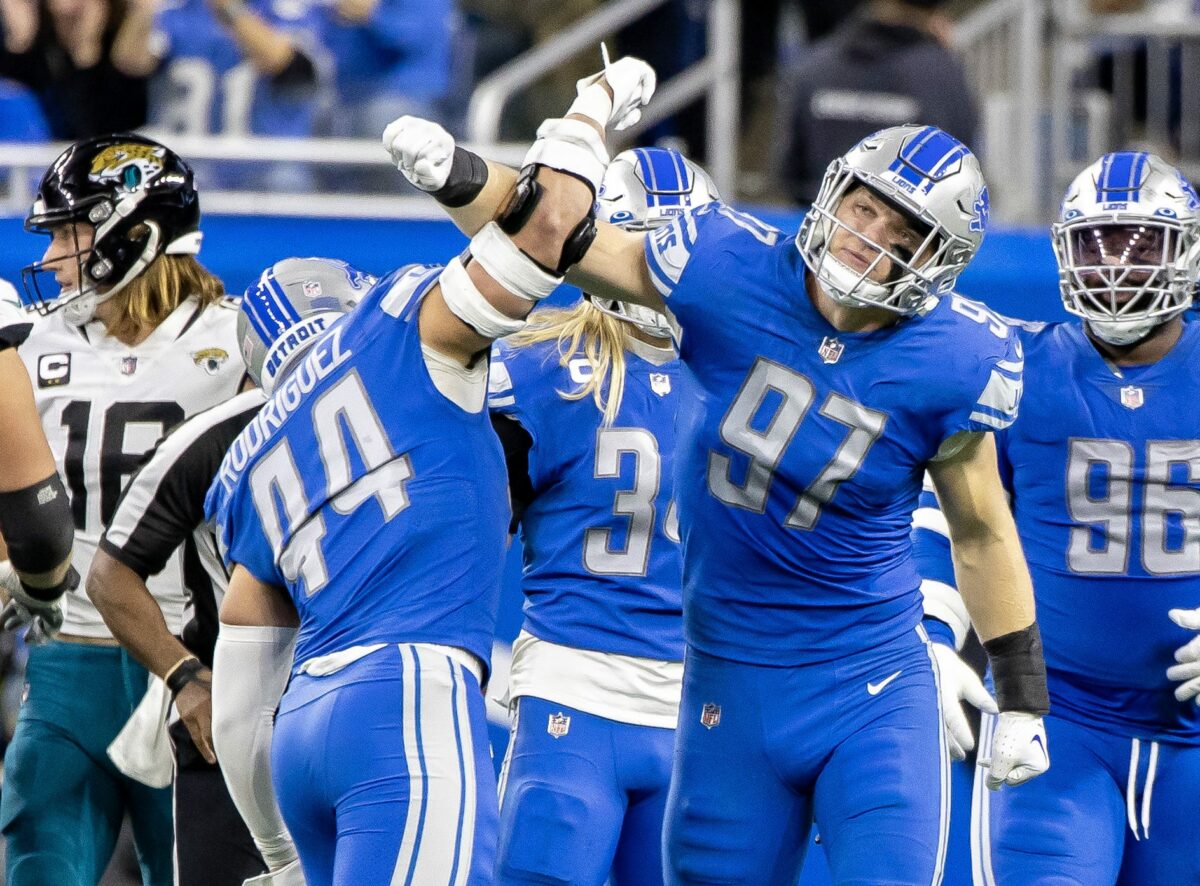Is age just a number in the NFL? The New Orleans Saints currently have the oldest team in the league, but not by much — Spotrac research found their roster has an average age of 27.24 years. That number is the league’s highest, but only by a difference of about 10 months from the league average (26.38 years). It’s kind of an overblown issue even if it’s become a popular criticism of the team, relying on high-profile defenders over 30 like Cameron Jordan, Demario Davis and Tyrann Mathieu.
But there has been little to no correlation between team success and average player age. The Saints had the NFL’s third-oldest team last season (27.17) after ranking 24th in 2021 (26.69) and 31st in 2020 (27.0). They’ve consistently ranked among the oldest teams in the NFL throughout most of the last decade. Look at the numbers with some help from the Philly Voice’s Jimmy Kempski:
- 2023: 27.2 (32nd), 4-4 (and counting)
- 2022: 27.2 (30th), 7-10
- 2021: 26.7 (24th), 9-8
- 2020: 27.0 (30th), 12-4
- 2019: 26.2 (21st), 13-3
- 2018: 26.3 (24th), 13-3
- 2017: 26.5 (28th), 11-5
- 2016: 26.4 (26th), 7-9
- 2015: 26.7 (29th), 7-9
And, again, the difference between the oldest roster in the NFL and the league average is about 10 months. We’re really splitting hairs here. To illustrate the point further, there are just seven teams around the league with an average age under 26, and only two of them (the 5-2 Detroit Lions and 4-3 Cincinnati Bengals) are over .500. The other five squads all have losing records. Having a young team doesn’t guarantee success.
Obviously you’d like to have more younger players in prominent roles. That means you’re drafting and developing talent well, and the rookie wage scale gives teams a competitive advantage for hitting on draft picks, especially at quarterback. But it’s not like the Saints’ entire roster is about to age out of the NFL. Look at their players who are 30 and over and their snap counts at the season’s midpoint on offense, defense or special teams:
- Jimmy Graham (36): 137 (23.7%)
- Cameron Jordan (34): 431 (83.4%)
- Demario Davis (34): 495 (95.7%)
- Taysom Hill (33): 249 (43.1%)
- Derek Carr (32): 498 (86.2%, missed time with injury)
- Tyrann Mathieu (31): 509 (98.5%)
- James Hurst (31): 351 (60.7%, missed time with injury)
- Max Garcia (31): 269 (46.5%)
- Zach Wood (30): 77 (33.6%)
- Michael Thomas (30): 448 (77.5%)
- Nathan Shepherd (30): 270 (52.2%)
- Marcus Maye (30): 242 (46.8%, missed time because of suspension and injury)
- Lou Hedley (30): 77 (33.6%)
That’s about a quarter of the 53-man roster, but just seven players are both 30-plus and playing more than half the snaps in one of the game’s three phases. And it’s not like the Saints haven’t been lining up replacement plans. They’ve spent multiple high draft picks on options to take over for Jordan at defensive end, but first-rounders like Marcus Davenport and Payton Turner have missed too much time with injuries to be worthy heirs. The jury is out on Isaiah Foskey so early into his career. He needs to play more often.
Things look better at linebacker, where Pete Werner is primed to start in the middle once Davis is ready to step away from the game. Rookie safety Jordan Howden looks like a promising replacement for Maye over the top and is already running with the starters. The offensive line needs to be replenished (in addition to Hurst and Garcia, Ryan Ramczyk and Andrus Peat are both 29), but that’s more because their highly paid players aren’t meeting expectations. Neither are young draft picks like Trevor Penning.
Don’t get it twisted: The Saints have some real flaws. But they’ve been one of the oldest teams in the league consistently, and that hasn’t been a major factor in their wins and losses. Still, hopefully they can hit on some draft picks in the years ahead and get this roster ready to contend for a long time.
[lawrence-auto-related count=4]





